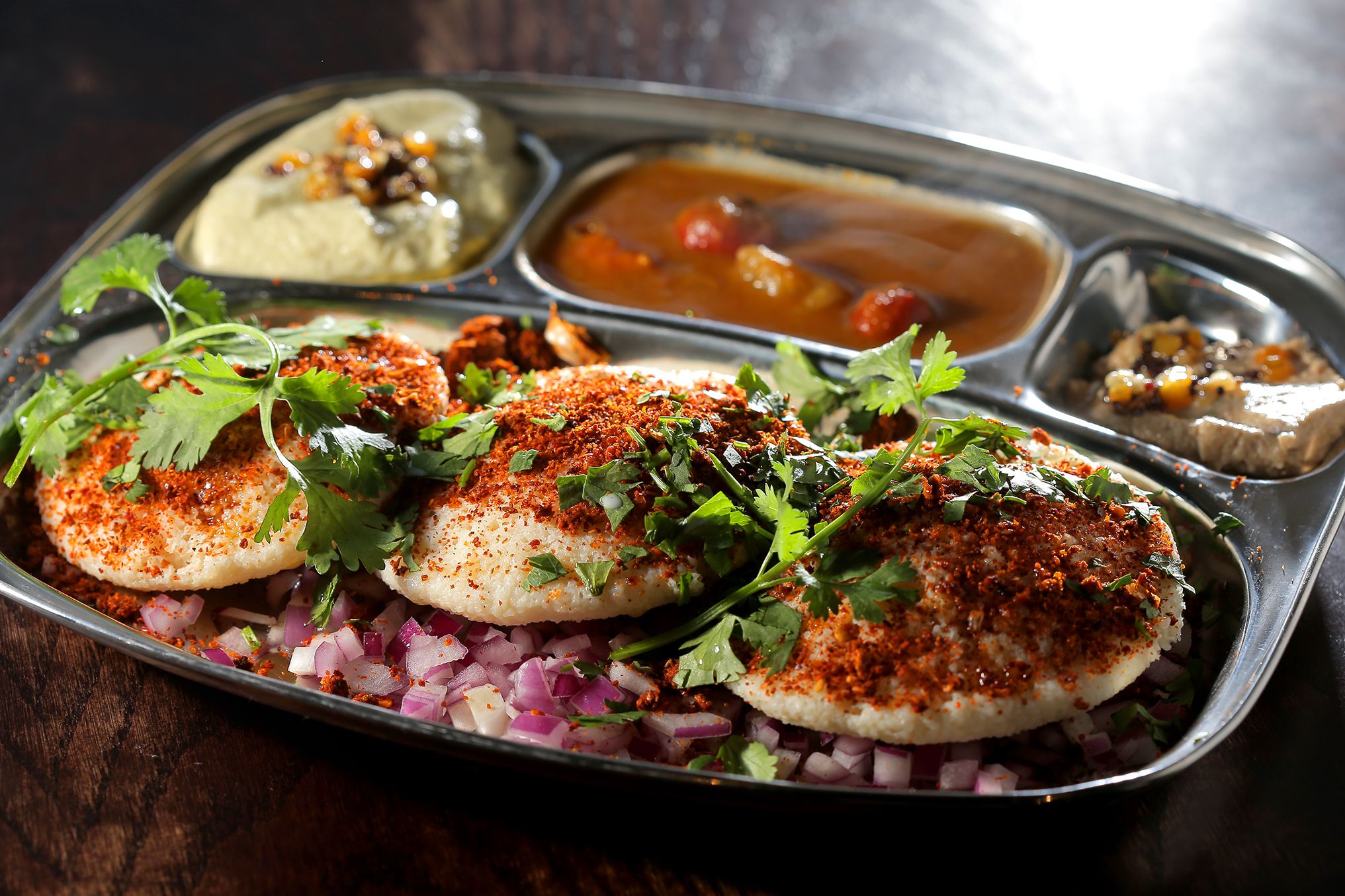Northern and Southern Indian cuisines each offer a unique culinary experience due to differences in geography, climate, traditional ingredients, and preparation methods. Southern cuisine is characterized by tropical conditions and focuses on light, spicy foods that often contain coconut oil and seafood as staple ingredients. Northern cuisine is typically heavier and richer, with a focus on high-protein ingredients and dairy, and spices such as cumin, coriander, and turmeric. Southern dishes are often soupy stews that are slow-cooked, while Northern cuisine makes use of baking, grilling, and frying, often in a tandoor oven. Both cuisines are authentic and popular around the world.
The Clash of Regional Dishes: Southern vs. Northern Indian Cuisine
India is known for its diverse culture, history, and rich cuisine. The country’s geographical area is divided into several regions, and each region has its unique flavors, spices, and cooking techniques. The most popular Indian cuisines globally are North Indian and South Indian dishes. Both cuisines possess distinctiveness that makes it hard for food lovers to choose which one is better. In this article, we will contrast and compare Southern vs. Northern Indian cuisine, two of the most popular regional dishes in India.
Geography and climate
The geography and climate of Northern and Southern India affect their food culture. Southern India is characterized by tropical and humid weather conditions with lush green coastal vegetation while the North is endowed with cold winters and hot summers with a beautiful mountainous landscape.
Southern cuisine
Due to its tropical weather, Southern India focuses on lighter and spicier foods than Northern Indian cuisine. Coconut oil, especially in Kerala, is commonly used in cooking, and seafood is a staple dish due to its proximity to the Indian Ocean. Southern cuisine mostly consists of rice or rice flour, coconut flour, and lentils, making their dishes appear as stews or soups. Therefore, the most notable Southern dishes include dosa, idli, sambar, and rasam. Coconut chutneys, tamarind, and curry leaves are common ingredients used in Southern Indian food preparation.
Northern cuisine
Since North India experiences a harsh winter season, their cuisine tends to include heavy and rich dishes. Northern Indian cuisine is primarily influenced by Mughal and Punjabi cuisines, with a strong focus on high-protein ingredients such as paneer, legumes, and lentils. These dishes often include meat, especially lamb, chicken, and goat, and dairy products such as ghee, paneer, and buttermilk. Northern Indian bread, such as naans, rotis, and paranthas, are made with wheat flour or maida, making the cuisine more bread-centric in contrast to rice in Southern cuisine. Common spices used in Northern Indian cuisine include cumin, coriander, turmeric, and garam masala.
Preparation technique
The cooking techniques used in preparing Southern and Northern Indian dishes differ based on the ingredients used in the recipes.
Southern cuisine
Southern Indian dishes are characterized by slow cooking methods where ingredients are simmered with spices, often served in soupy stews. The ingredients are cooked for a longer period over low heat until they reach their ideal texture and consistency. The method helps to infuse the spices into the dishes making Southern Indian cuisine very aromatic and flavorful. This cooking technique is why dosa, idli, and sambar are famous dishes.
Northern cuisine
North Indian cuisine utilizes various cooking styles, including baking, grilling, and frying, often achieved in a clay oven known as a tandoor. The tandoor is used to make naan, tandoori chicken, and lamb kebabs, giving the dishes a slightly smoky flavor. The most notable Northern Indian preparation technique is the process of dum cooking, in which ingredients are cooked slowly in their juices under a tight lid on low heat to retain the flavors and aromas.
Ingredients
The ingredients used in Northern and Southern Indian cuisine share some similar spices, but the combination of spices and ingredients varies.
Southern cuisine
South Indian cuisine is mainly vegetarian, using a wide variety of vegetables such as tomatoes, eggplants, beans, okra, and lentils. Some dishes have seafood, particularly in the coastal areas. Coconut oil, dry and fresh coconut, ginger, and tamarind are the essential components of Southern cuisine, and they bring the distinct flavors of the region.
Northern cuisine
Northern Indian cuisine uses a lot of dairy in dishes, particularly in paneer, desserts, and bread. Northern food heavily relies on herbs and spices, particularly ginger, cumin, coriander, and turmeric. These spices, when combined with tomatoes, cream, clarified butter, and yogurt, make flavorful dishes such as butter chicken or chicken tikka masala. In addition, the inclusion of aromatic spices such as cardamom, cinnamon, and saffron enhances and brings out delicate flavors in the dishes.
Final Thoughts
India’s cuisine is diverse by region and has produced numerous famous dishes globally. Ultimately there is no definitive winner in the clash of Northern vs. Southern Indian cuisine as both offer unique and authentic flavors that vary depending on the region. Whether you prefer the heavier, bread-centric North or the lighter, spicier, and vegetarian-led Southern India cuisines, they both are bona fide classics.
